Best Practices Articles

Selling to IT Buyers? Pick The Right Integrated Marketing Approach
Lackluster returns from a marketing campaign are common, but understanding why this is the case is not always clear-cut. Traditionally, poor results are usually attributed to three failures - ineffective targeting, improper implementation (failure to use integrated marketing), and diffused messaging without a clear call to action. In this article, we will focus on the approaches and tactics.
Marketing Automation platforms today allow any business to pick the right tactic for the right segment. Assuming you know whom to target (very important), the next step is to understand how your targets buy and to pick the right approach for engagement.
From time to time we get calls from prospective B2B clients who just want price details and a high-level services summary. Almost every time this happens, it turns out that they are just looking for information to fill a hole in a comparative vendor chart, and we don’t have a chance to bid for that deal because the inquirer usually has already made up their mind. On the other hand, when we can engage with prospects at an early stage through an integrated marketing process and build relationship and trust, we close opportunities almost two out of three times. When we engage at the last stage, we close one out of ten times - because very likely we were the 2nd or 3rd choice vendor, based on information over which we have little direct control. This is true for all organizations and this is where appropriate marketing plays a big role.
Whether we are a business or a consumer buyer, we all pretty much go through a classic purchasing process. Almost all of us go through the traditional cycle of awareness, interest, trial, purchase and repurchase. The engagement process for each varies quite a bit depending on what segment of buyers we are targeting and what kind of products we are offering via an integrated marketing process. These are the two primary selection factors that need to be remembered:
- Customer Segment, e.g., Small Business (<100 employees), Mid Market (100-1,000 employees), Enterprise (1,000 to 10,000 employees) & Large Enterprise (>10,000)
- Solution Types, e.g., requires involved purchase (complex solutions) or uninvolved purchase (simple transactions)
How you use integrated marketing approach to promote transactional products to a small business is very different from the way you promote solutions to large enterprises. The marketing and sales processes for both vary considerably and picking the right approach is critical in engaging the buyer at the right stage.
Before we take a deep dive into the topic of alignment of integrated marketing tactics with customer segments and solution types, let’s visit the purpose of integrated marketing. As Philip Kottler once said, "Marketing simply does two things - build brands and drive demand".
Now what is brand building? It’s nothing but relationship building, which leads to the setting of price premiums and lead generation for future engagements. Most branding activities tend to be awareness-centric, and this is where public relations activities come into play. It’s complicated at the front end (awareness-building) of the funnel because the communications channels have become very fragmented - though the later part of the buying process for business still follows a more predictable structure.
Before you worry about awareness-building tactics, the first question that needs to be answered is, what is the purpose of the campaign? Is it building a brand for the future, or is it about driving demand within a much shorter time frame? While branding activity through multiple communications channels certainly impacts the probability of closing a transaction, what can also drive brand awareness is sales. The more you sell, the more people are using your products and services, and that increases general awareness among the very important target group: users. Don’t forget that, in today’s social media environment, both good and bad user reviews spread quickly. So, actively managing customer experience and providing superior value has a big impact on brand building. For more information on this topic, please read our article 5 Not-to-be Missed Opportunities for Growing Customer Revenues.
Once you have settled on the objective of your integrated marketing campaign - strategic (branding) or tactical (demand generation) - the next important stage is to focus on aligning the tactics with solutions. The outline below gives a simple summary of how to align various tactics for solution and segment selling. Let’s go through each tactic one by one, but remember that taking a multi-tactical approach is critical for certain segments both to build a brand and drive near-term demand.
- Awareness Tactics- Organic search, paid search, social media, content channels, press releases, articles, etc. all play a consistent role in driving awareness for all segments (SMB, Midmarket, and Enterprise).
- Interest Generation Tactics- eBooks, short webinars, informational videos, and podcasts also work well for all segments. Face-to-face events work quite well for the mid-market and enterprise segments.
- Trial or Demo Tactics- Online demos for software and onsite demos for hardware are traditional B2B sales tactics. However, onsite demos and pilots are expensive, so it’s important to have referral cases so that a prospect can deploy similar environments without undue investment of resources and come to a proper conclusion. In many cases, potential clients are willing to run a paid pilot.
- Repurchase- The SMB segment can be reached through telemarketing close to expiry time, but for most mid-market and enterprise sales, the renewal process starts well ahead of the contract expiration date. For a deeper dive into the topic, please read our article on 5 Not-to-be Missed Opportunities for Growing Customer Revenues. Large account sales renewals with the same provider are based on three primary criteria: how happy the customer is, what the switching cost is likely to be, and how many choices are available. It’s incredibly important for a provider to understand these criteria for them to continue to be the supplier of choice.
Based on the current state of the market, integrated marketing, i.e., use of search, social, email, events, collateral and other marketing tools, is the only way to ensure that campaigns are effective and to align the right tool for the right segment. ZINFI’s Partner Marketing Management (PMM) platform provides a plethora of integrated marketing tools, which when coupled with ZINFI’s database and marketing concierge services enable an organization to build demand in a focused and confident way.
Best Practices Guidebook
 The Partner-Led Digital and AI Transformation Best Practices
The Partner-Led Digital and AI Transformation Best PracticesDownload for FREE
 Startup Talent Recruitment: Hiring Missionaries, Not Mercenaries
Startup Talent Recruitment: Hiring Missionaries, Not MercenariesDownload for FREE
 The Future of Partner Relationship Management with AI in Partnerships
The Future of Partner Relationship Management with AI in PartnershipsDownload for FREE
 Cybersecurity for the 99%: Strategies from the Frontline
Cybersecurity for the 99%: Strategies from the FrontlineDownload for FREE
 Mastering Partner Relationships: A Strategic Approach to Business Growth
Mastering Partner Relationships: A Strategic Approach to Business GrowthDownload for FREE
 The Smart Manufacturing Playbook: Industry 4.0 Transformation
The Smart Manufacturing Playbook: Industry 4.0 TransformationDownload for FREE
 Mastering Partner Relationship Management: Keys to SaaS Channel Success
Mastering Partner Relationship Management: Keys to SaaS Channel SuccessDownload for FREE
 Navigating the AI Revolution: Guide for Partners in the Microsoft Ecosystem
Navigating the AI Revolution: Guide for Partners in the Microsoft EcosystemDownload for FREE
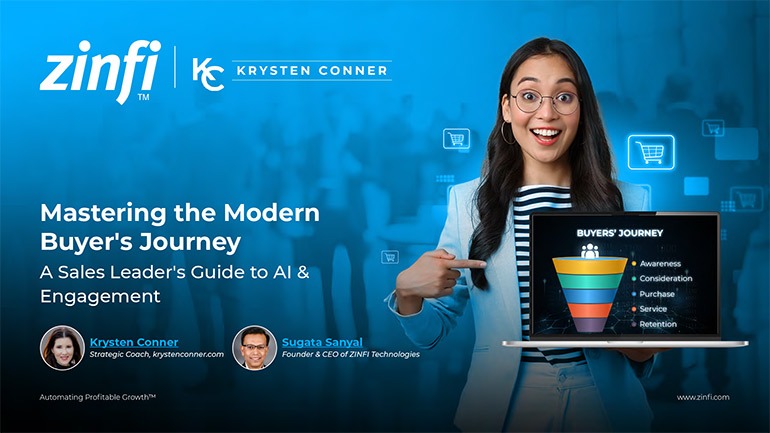 Mastering the Modern Buyers Journey: Sales Leader’s Guide to AI & Engagement
Mastering the Modern Buyers Journey: Sales Leader’s Guide to AI & EngagementDownload for FREE
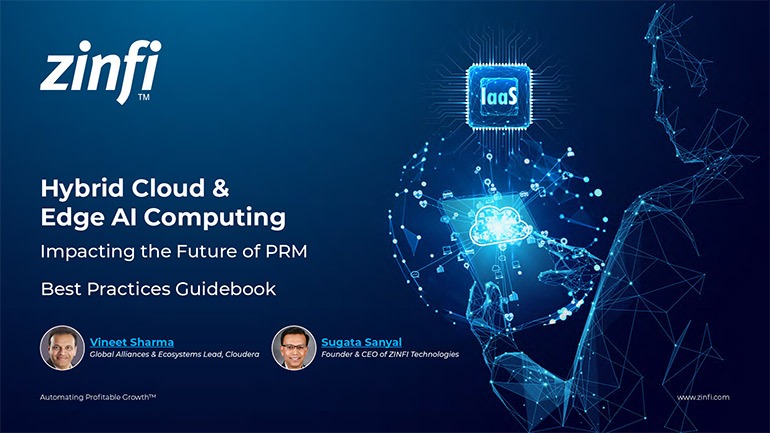 Hybrid Cloud and Edge AI Computing Impacting the Future of PRM
Hybrid Cloud and Edge AI Computing Impacting the Future of PRMDownload for FREE
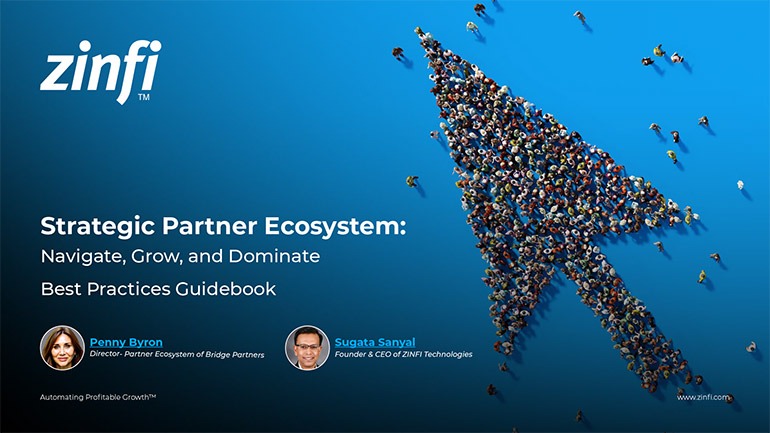 Strategic Partner Ecosystem: Navigate, Grow, and Dominate
Strategic Partner Ecosystem: Navigate, Grow, and DominateDownload for FREE
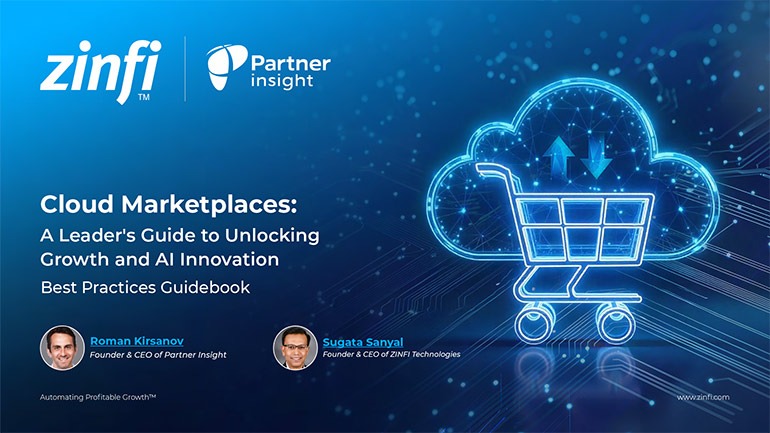 Cloud Marketplaces: Leader’s Guide to Unlocking Growth and AI Innovation
Cloud Marketplaces: Leader’s Guide to Unlocking Growth and AI InnovationDownload for FREE
 Getting More From Partner Performance: Guide to Measuring What Matters
Getting More From Partner Performance: Guide to Measuring What MattersDownload for FREE
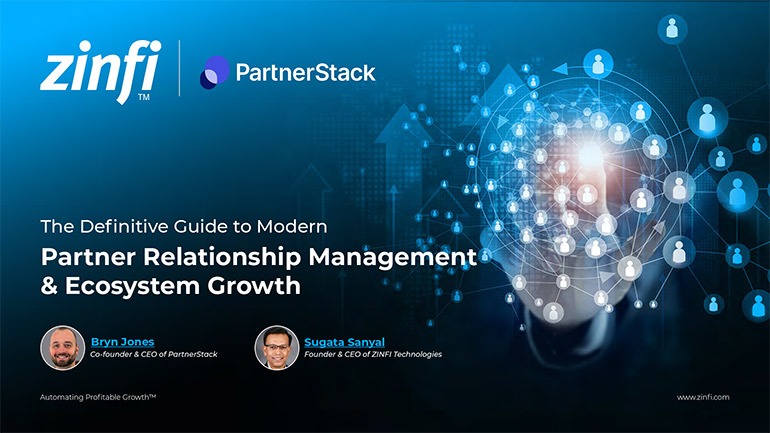 Guide to Modern Partner Relationship Management & Ecosystem Growth
Guide to Modern Partner Relationship Management & Ecosystem GrowthDownload for FREE
 Debunking the Entrepreneurship Myth Best Practices
Debunking the Entrepreneurship Myth Best PracticesDownload for FREE
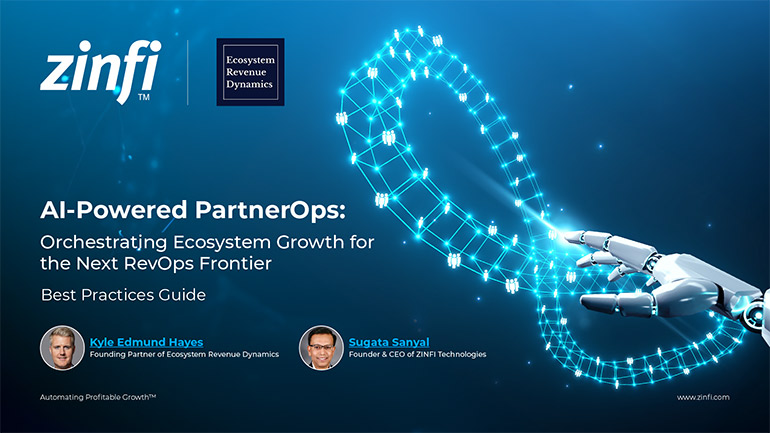 AI-Powered PartnerOps: The Next RevOps Frontier Best Practices
AI-Powered PartnerOps: The Next RevOps Frontier Best PracticesDownload for FREE
 Humanizing Brands: Guide to Strategic Partnering Best Practices
Humanizing Brands: Guide to Strategic Partnering Best PracticesDownload for FREE







